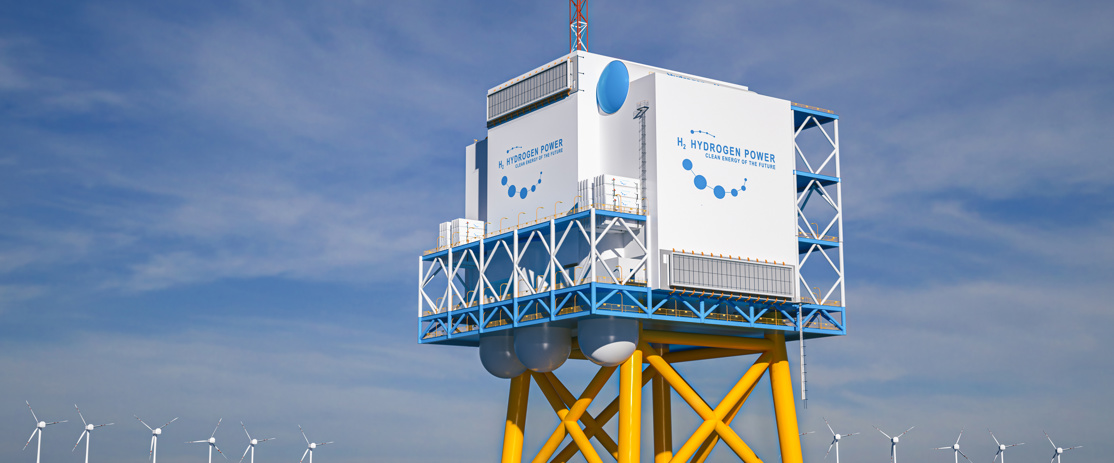Low-carbon hydrogen has the potential to bolster the UK’s future energy security and play a transformative role in the UK’s transition to net zero.
Hydrogen can contribute to reducing greenhouse gas emissions, particularly from industrial sectors which are difficult to decarbonise, and has the potential to provide flexible energy for power, heat and transport.
What is low-carbon hydrogen?
Low-carbon hydrogen can be produced in a number of ways:
- Blue/CCS-enabled hydrogen is produced when natural gas is split into hydrogen and CO2 through either Steam Methane Reforming or Auto Thermal Reforming, with the CO2 captured and then stored.
- Green/electrolytic hydrogen uses renewable electricity to split water into hydrogen and oxygen using a process of electrolysis.
- Hydrogen can be transported, including via new pipelines or repurposed gas pipelines. Hydrogen can also be stored, for example within geological formations in the UKCS.
NSTA role
- Licensing and consenting authority for offshore hydrogen pipeline transport and storage
- Stewardship of issued offshore hydrogen storage licences
- Consultee to OPRED on operators’ decommissioning plans
- Collaboration with other key external bodies, including on spatial coordination
Working with government and industry
- Supporting government and others to identify existing infrastructure with reuse potential for offshore hydrogen or carbon capture and storage projects
- Engaging with offshore hydrogen project developers
- Guiding and stewarding project developers and applicants through NSTA processes




